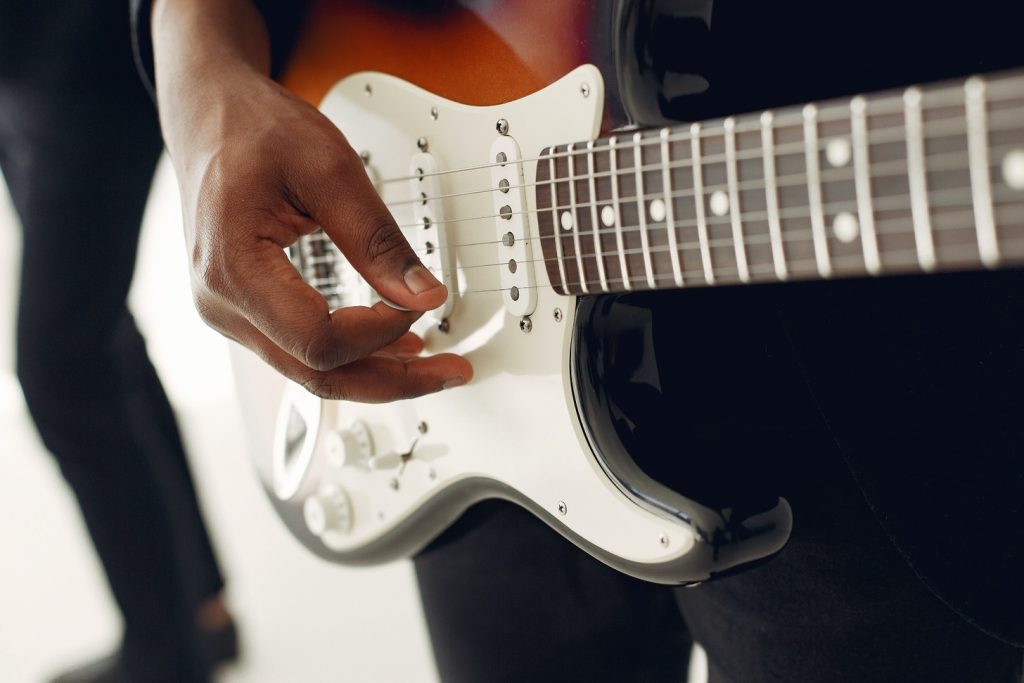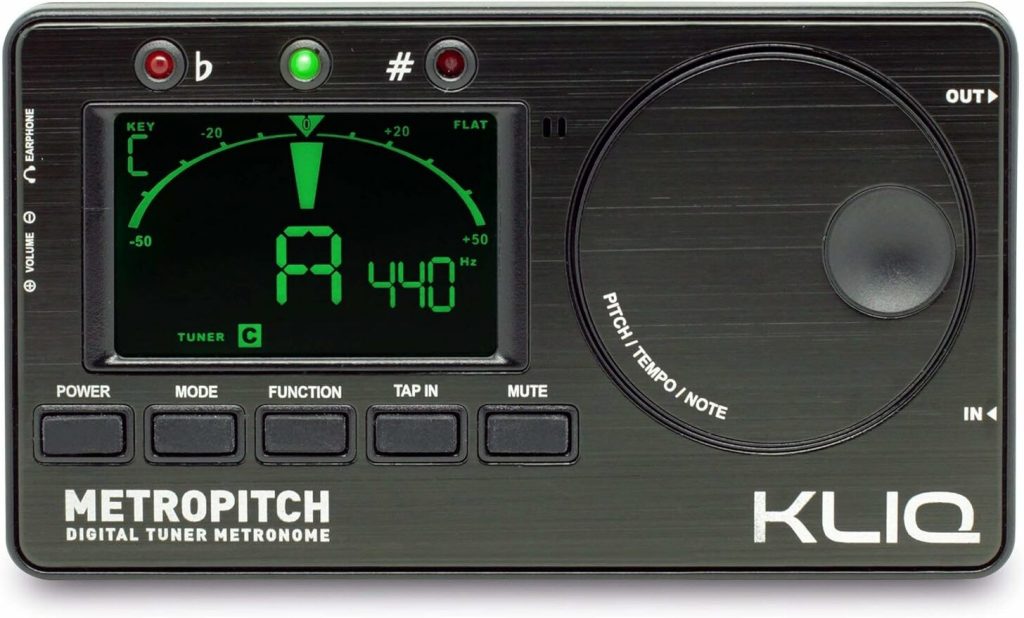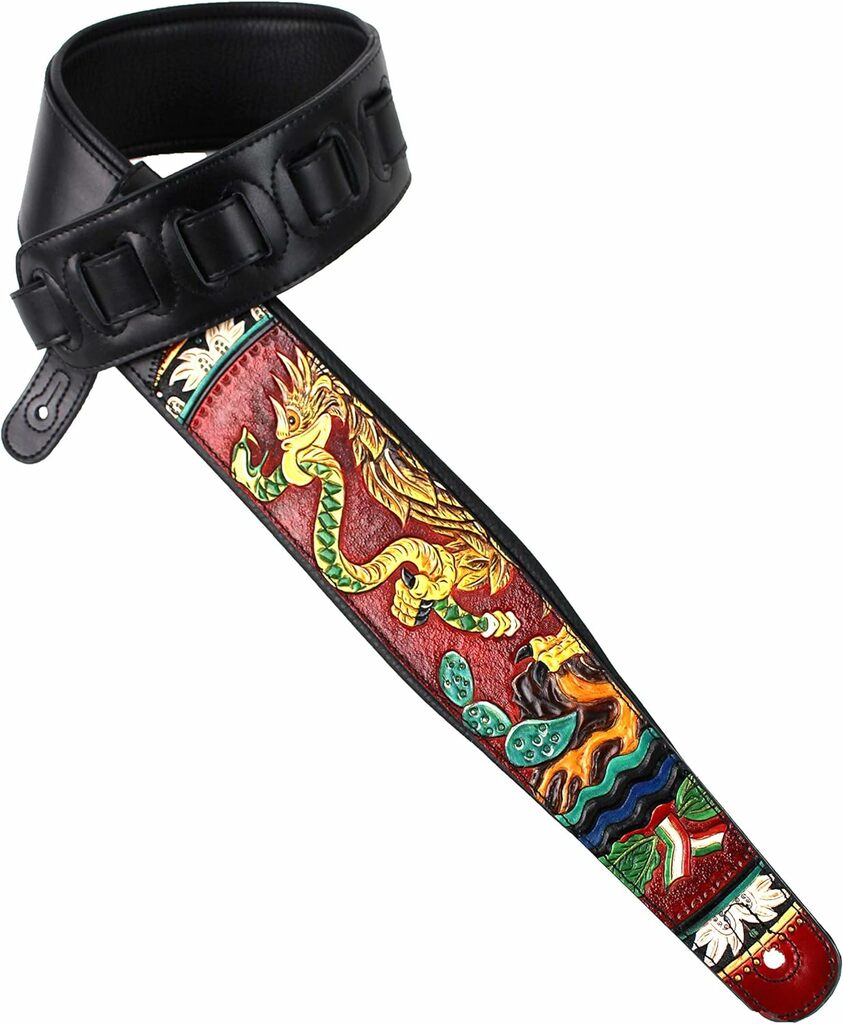 As a musician, there’s nothing worse than your guitar slipping out of your grasp while performing on stage. It can be both embarrassing and potentially damaging to your instrument. That’s why investing in a reliable and sturdy guitar strap is crucial for every guitarist.
As a musician, there’s nothing worse than your guitar slipping out of your grasp while performing on stage. It can be both embarrassing and potentially damaging to your instrument. That’s why investing in a reliable and sturdy guitar strap is crucial for every guitarist.
A good guitar strap not only keeps your instrument secure but also ensures maximum comfort while playing. With so many options available in the market, it can be overwhelming to find the perfect one.


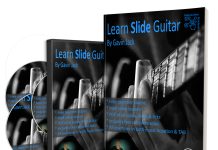
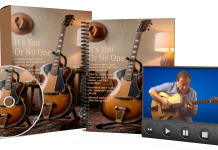
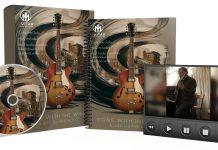






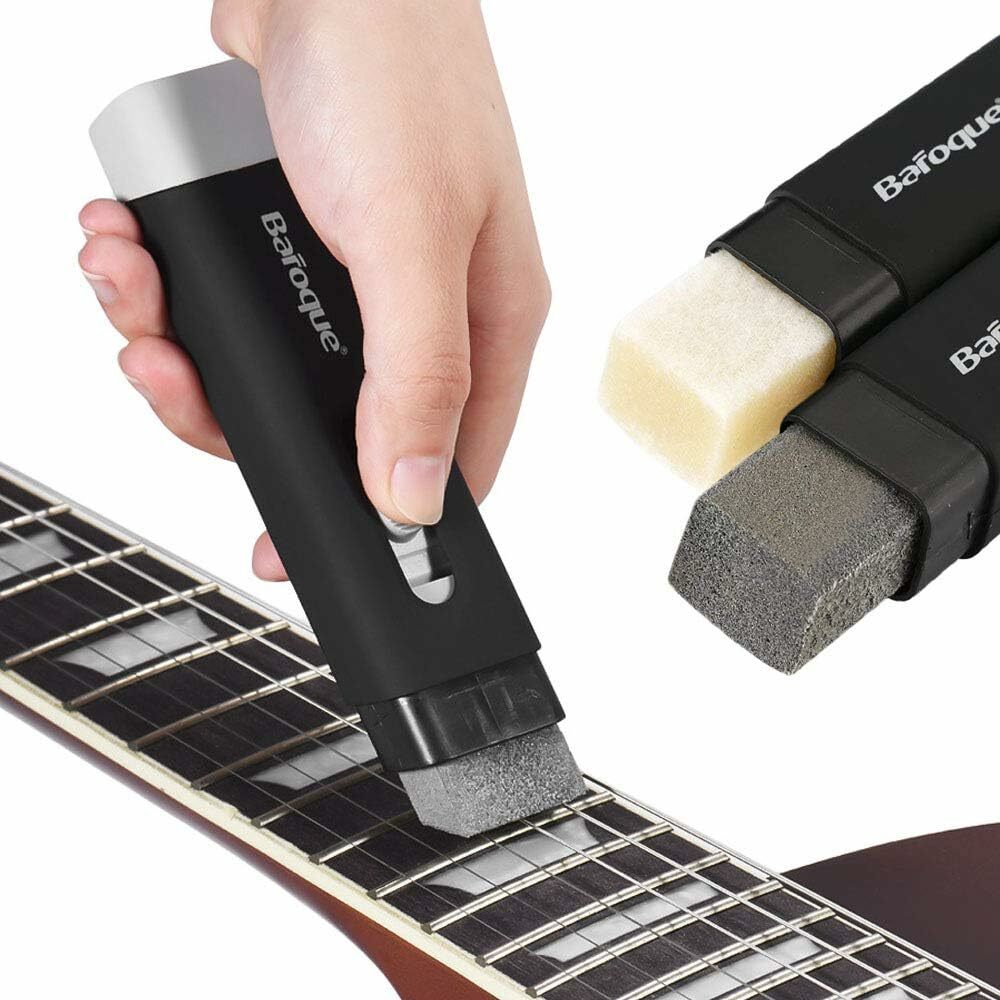 If you’re a guitarist, you know just how important it is to properly care for your instrument. Regular cleaning and maintenance can help extend the lifespan of your guitar and ensure it performs at its best. That’s where guitar cleaning and maintenance kits come in.
If you’re a guitarist, you know just how important it is to properly care for your instrument. Regular cleaning and maintenance can help extend the lifespan of your guitar and ensure it performs at its best. That’s where guitar cleaning and maintenance kits come in.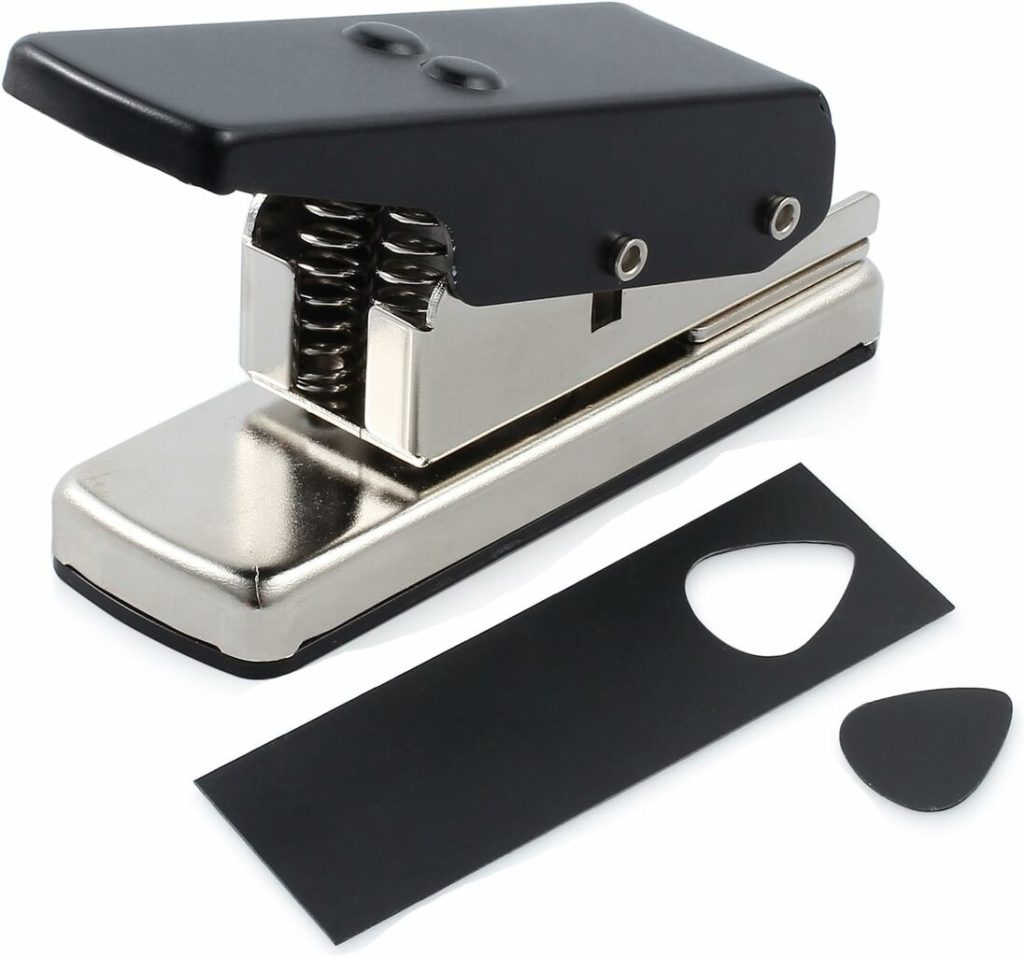
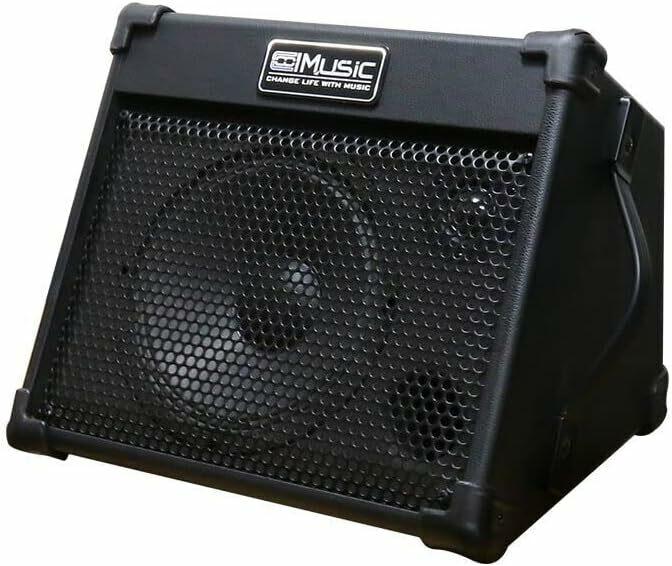 Are you tired of lugging around heavy, cumbersome guitar amps every time you want to play your acoustic guitar on the go? Look no further! We may have the perfect solution for you – the Coolmusic portable acoustic guitar amplifier. This compact and lightweight amplifier is a contender, whether you’re a professional performer or just someone who enjoys the occasional jam session. In this review, we’ll take a closer look at the features and performance of the Coolmusic portable acoustic guitar amplifier and see why it’s becoming the go-to choice for musicians worldwide.
Are you tired of lugging around heavy, cumbersome guitar amps every time you want to play your acoustic guitar on the go? Look no further! We may have the perfect solution for you – the Coolmusic portable acoustic guitar amplifier. This compact and lightweight amplifier is a contender, whether you’re a professional performer or just someone who enjoys the occasional jam session. In this review, we’ll take a closer look at the features and performance of the Coolmusic portable acoustic guitar amplifier and see why it’s becoming the go-to choice for musicians worldwide.